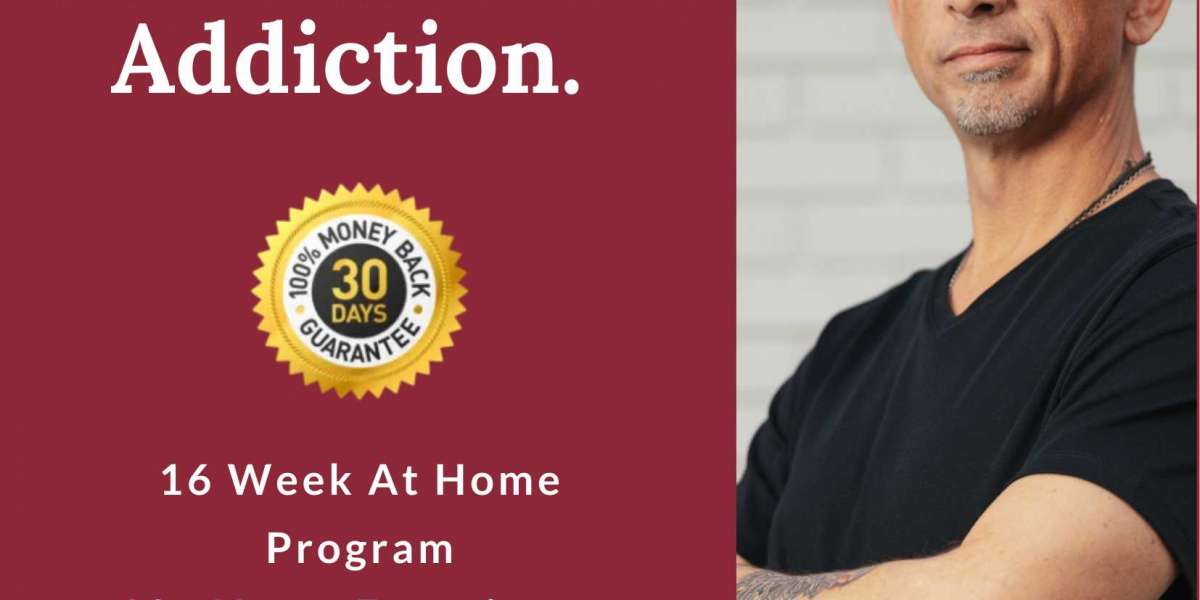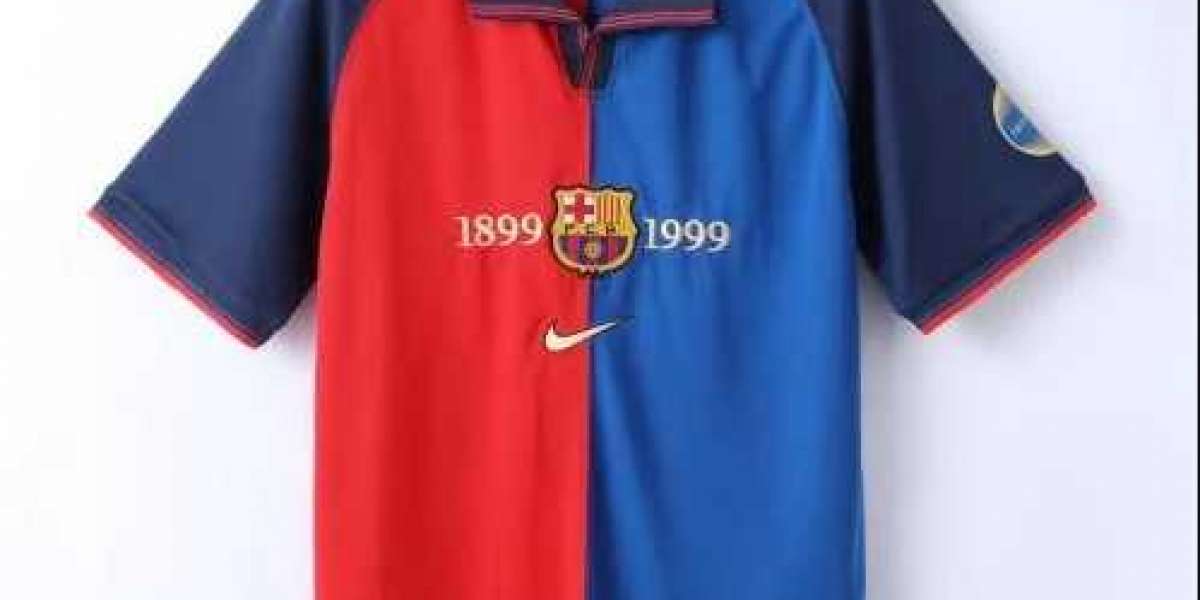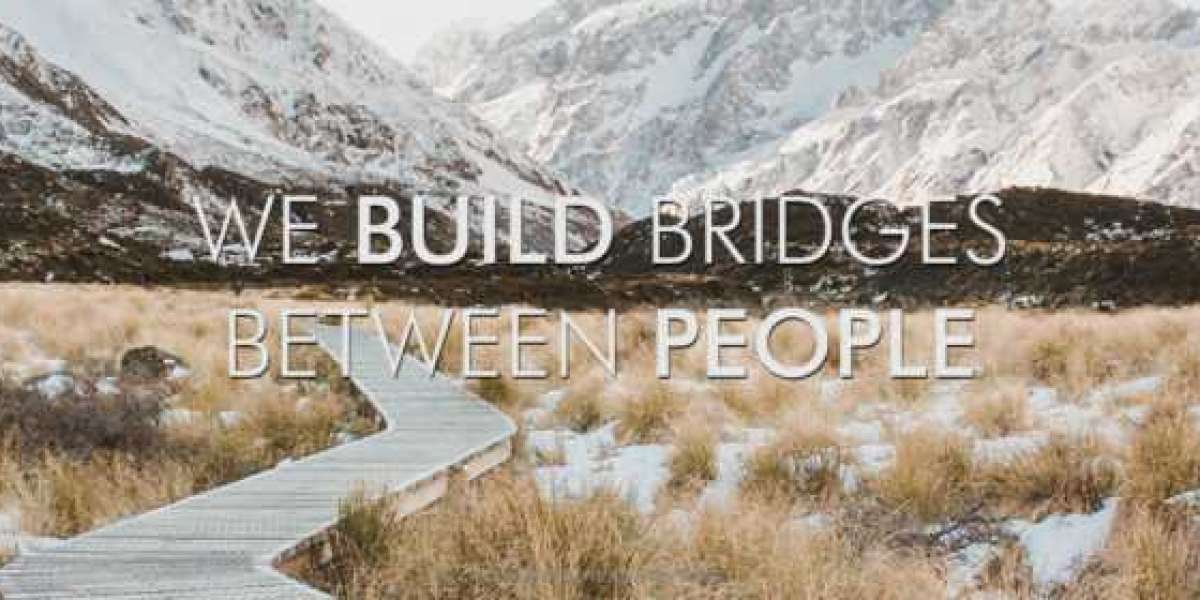Let’s get one thing straight:
Porn addiction isn’t about being “bad.” It’s about being hurt.
It’s easy to label it a moral failure.
That’s what society does.
“You’re weak.”
“You’re disgusting.”
“Why can’t you just stop?”
But the truth is, porn addiction is rarely just about sex.
It’s about pain. Escape. Control. Numbing. Survival.
The Truth Behind the Habit
If you strip away the shame, what do you find underneath most compulsive behaviors?
A need to feel better.
People turn to porn for the same reason others turn to alcohol, food, weed, or scrolling social media for hours:
It works. Temporarily.
Porn floods the brain with dopamine—your body’s feel-good chemical. It creates a sense of relief.
A break from the chaos.
A moment where nothing else matters.
When life feels overwhelming, empty, or out of control, porn becomes a quick fix.
It’s not about lust.
It’s about not wanting to feel what you’re feeling.
Read More: What porn does to your brain
Childhood Wounds and Emotional Pain
For many, porn addiction has roots far deeper than surface-level desire.
We're talking:
Emotional neglect
Childhood trauma
Abandonment
Shame
Loneliness
A desperate need for connection that was never met
Porn becomes the place where you feel something—anything.
Or the place where you feel nothing at all, which can be just as comforting when you’re overwhelmed.
It’s a coping mechanism.
A band-aid over a wound that’s never been allowed to heal.
The Myth of Willpower
People don’t stay addicted to porn because they’re not trying hard enough.
They stay addicted because they haven’t found a better way to deal with their emotions, stress, and unmet needs.
You don’t have a porn problem.
You have a pain problem.
Trying to quit through willpower alone is like trying to put out a house fire with a garden hose.
You can white-knuckle it for a while… but if you don’t deal with what’s underneath, the urges come roaring back.
The Shame Trap
Here’s the brutal cycle:
You watch porn to cope with difficult feelings.
You feel guilt and shame afterward.
That shame creates more emotional pain.
You use porn again to escape the shame.
Round and round it goes.
And each time, it confirms the false belief that something is wrong with you.
But there’s nothing wrong with you.
You just haven’t been taught a healthier way to self-soothe.
Reframing the Conversation
So what if we stopped asking:
“Why can’t I stop watching porn?”
And started asking:
“What pain am I trying to avoid?”
“What am I really craving right now?”
“Where does this need come from?”
“What healthier way can I process these emotions?”
Recovery starts with curiosity—not condemnation.
When you can meet your urges with compassion instead of criticism, things start to shift.
You stop fighting against yourself.
You start working with yourself.
Real Healing Comes from Within
Breaking free from porn addiction isn’t just about removing the behavior.
It’s about:
Healing emotional wounds
Learning how to feel your feelings without running
Rebuilding your sense of self-worth
Reconnecting with your body, your mind, and your real desires
It’s not about perfection.
It’s about progress.
Final Thought
Porn addiction is a coping strategy.
It may not be the healthiest strategy—but it kept you going.
It got you through.
And maybe, at one point, it even saved you.
But now?
Now you’re ready for something better.
Not because you’re broken.
But because you’re finally willing to face your pain—and heal it.
And that’s not a failure.
That’s courage.







